
漢德百科全書 | 汉德百科全书
 Veneto
Veneto
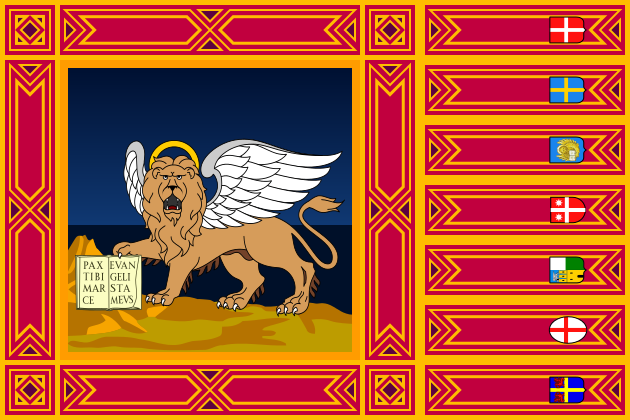
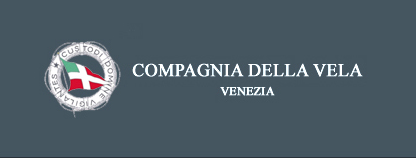
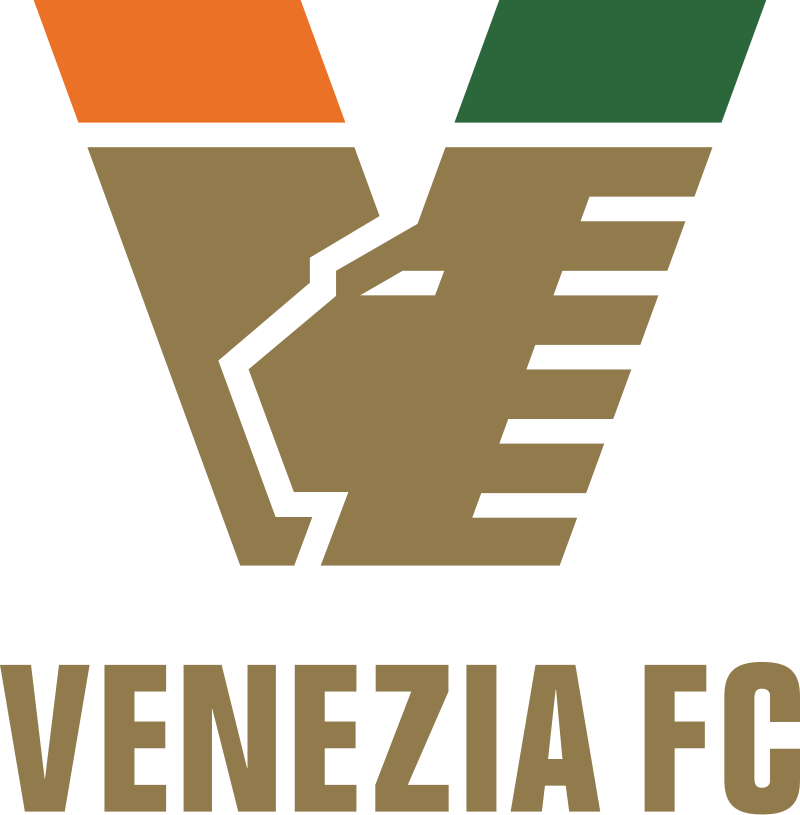

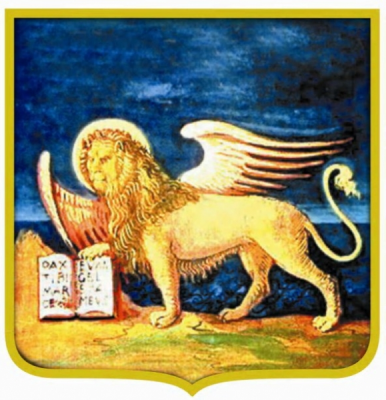
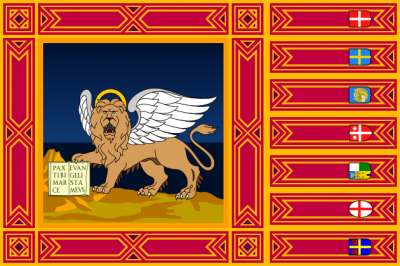

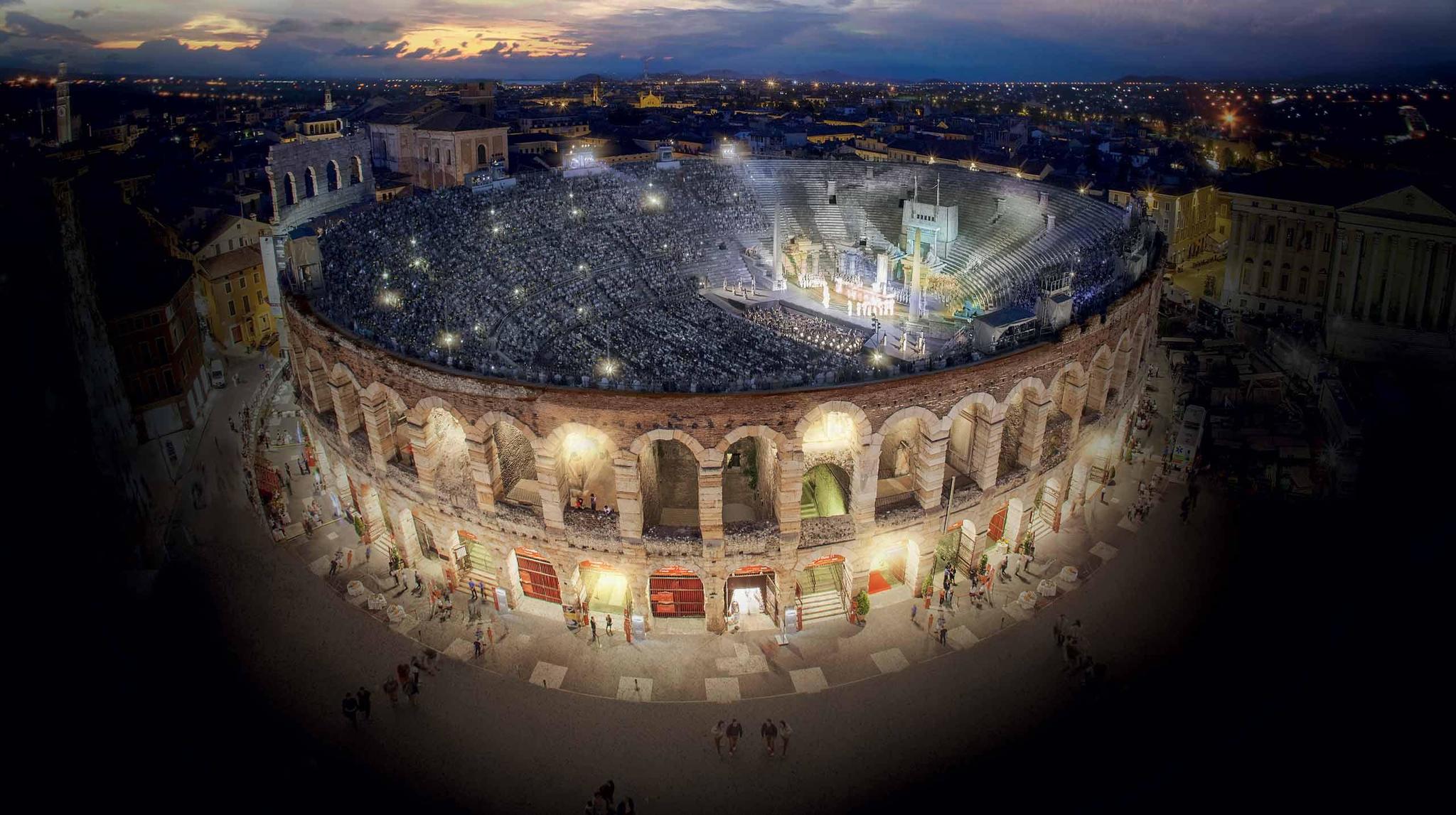
Die Arena von Verona (italienisch Arena di Verona) ist ein gut erhaltenes römisches Amphitheater in der italienischen Stadt Verona.
Das Theater wurde etwa im Jahr 30 n. Chr. errichtet und lag damals außerhalb der römischen Stadtmauer Veronas. In römischer Zeit fasste die Arena über 30.000 Zuschauer und wurde für Gladiatorenkämpfe und Wettkämpfe genutzt. Die Fassade war mit weißem und rosa Kalkstein verkleidet. Nach einem Erdbeben im Jahr 1117, bei dem der größte Teil des Außenrings zerstört wurde, diente die Arena als Steinbruch für die wachsende mittelalterliche Stadt. Es sind nur noch vier Bögen des ehemals die Arena vollständig umfassenden Außenrings erhalten. Sie werden von den Veronesern „l’ala“ – der Flügel – genannt. Im Jahr 1278 war die Arena der Schauplatz der letzten großen Katharer-Hinrichtung: Nach den Erfolgen der Inquisition in den 1250er Jahren in Südfrankreich in deren Kampf gegen die Katharer zogen sich die Überlebenden nach Norditalien zurück. Sie konnten die Festung Sirmione als letzte Zufluchtsstätte halten. 1276 wurde die Burg jedoch eingenommen und die Katharer, die die Eroberung überlebt hatten, wurden im Jahr 1278 in der Arena von Verona verbrannt.
In der Renaissance gab es Bestrebungen, das Bauwerk wieder als Theater zu nutzen. Dies geschieht aber erst seit 1913 regelmäßig. Am 10. August 1913 wurde anlässlich des 100. Geburtstags von Giuseppe Verdi die Oper Aida aufgeführt. Aufgrund der hervorragenden Akustik konnte sich die Arena schnell als Konzertstätte etablieren. Vor allem in den Monaten Juni, Juli und August finden Opernaufführungen und Rock-Konzerte statt.
维罗纳圆形竞技场(Arena di Verona)是意大利维罗纳的一座古罗马圆形竞技场,今天以举办大型歌剧表演而著称。每年有超过50万人来此欣赏歌剧作品[1],每场表演可供20,000人观看。
アレーナ・ディ・ヴェローナ(Arena di Verona)はイタリア・ヴェローナにある古代ローマ時代の円形闘技場。現在は夏期の屋外オペラ公演によって有名である。
"Arena"とはラテン語で「砂」を意味し、これは闘技あるいは演劇などの催される平土間部分に敷き詰められた砂に由来している。
長径139メートル、短径110メートルの楕円形のこの闘技場はローマ帝国初代皇帝アウグストゥス(在位 前27年 - 14年)の統治末期か、あるいは遅くとも30年頃完成したと考えられているが正確な日時は特定されていない。もともとはローマ時代の都市を防御していた壁の外側に位置していたが、市域の拡張に伴い、現在ではヴェローナ市街地のほぼ中心に位置している。観客席は44段の大理石製で、収容人数は約25,000人であったとされている。
外観は2階建てのアーチ(あるいはアルコーブ)である。創建当初はこのさらに外周に大理石造り、3階構造のアーチをもつ外壁が存在したが、1117年の地震で大部分が倒壊、僅かにその遺構を北西部に留めるのみである。
The Verona Arena (Italian: Arena di Verona [aˈrɛːna di veˈroːna, aˈreːna -]) is a Roman amphitheatre in Piazza Bra in Verona, Italy built in the first century. It is still in use today and is internationally famous for the large-scale opera performances given there. It is one of the best preserved ancient structures of its kind. In ancient times, the arena's capacity was nearly 30,000 people. The stage for concerts and opera performances decreases the available places to a maximum of 15,000. It will be used as the closing ceremony for the 2026 Winter Olympics in Milan and Cortina d'Ampezzo.
Les arènes de Vérone sont un amphithéâtre romain situé à Vérone (province de Vénétie, dans le nord de l'Italie). Construites en 30 apr. J.-C., elles pouvaient accueillir environ 30 000 spectateurs.
L'Arena di Verona è un anfiteatro romano situato nel centro storico di Verona, icona della città veneta insieme alle figure di Romeo e Giulietta. Si tratta di uno dei grandi fabbricati che hanno caratterizzato l'architettura romana ed uno degli anfiteatri antichi giunto a noi con il miglior grado di conservazione, grazie ai sistematici restauri eseguiti fin dal Cinquecento; proprio per questo motivo, nonostante le numerose trasformazioni subite, esso consente al visitatore di poter facilmente comprendere la struttura di questo genere di edifici, rigorosamente soggetti alla funzione cui erano destinati ma dotati comunque di una essenziale bellezza.[1]
Nella stagione estiva ospita il celebre festival lirico areniano, le cui stagioni si svolgono ininterrottamente dal 1913,[N 1] mentre in quelle primaverile e autunnale è tappa di molti cantanti e musicisti internazionali.
La Arena de Verona es un anfiteatro romano ubicado en la ciudad de Verona, Italia, conocido por las producciones de ópera que se realizan en él (Festival de Verona). Es una de las estructuras de su estilo mejor conservadas.
El edificio fue construido en el año 30 d.C. en un lugar que entonces estaba fuera de las murallas de la ciudad. Los ludii (espectáculos y juegos) que se escenificaban en él eran tan famosos que los espectadores solían venir desde muchos otros lugares, a veces muy distantes. El anfiteatro tiene una capacidad para 30 000 espectadores.
La fachada era originalmente de piedra caliza blanca y rosa de Valpolicella. Después de un terremoto ocurrido en 1117, que casi destruye el anillo externo (con la excepción de la llamada Ala), la Arena fue utilizada como cantera para otros edificios. Las primeras intervenciones que se hicieron para restaurar su funcionalidad como teatro se llevaron a cabo en el Renacimiento.
Gracias a su impresionante acústica, el edificio se presta para conciertos, práctica que se inició en 1913 con la primera edición del Festival de Verona. Hoy en día alrededor de cuatro óperas del repertorio estándar son producidas cada año, entre junio y septiembre. En los últimos años también se han celebrado numerosos conciertos de música ligera de artistas italianos como Umberto Tozzi, Claudio Baglioni, Tiziano Ferro, Adriano Celentano, Gianni Morandi, Laura Pausini o Il Volo, pero también internacionales como Roger Waters, Paul McCartney, Elton John, Duran Duran, Adele, Spandau Ballet, Deep Purple o Sting.
Fue el lugar elegido por el Giro de Italia para finalizar la prueba al menos en tres ocasiones. Francesco Moser se proclamó vencedor del Giro del año 1984 gracias a la victoria en esa etapa, que se celebró contra el crono, y el Giro de Italia 2010 también acabó con una contrarreloj en esa última etapa. Esta vez el vencedor de la etapa fue Gustav Larsson, pero no cambió el líder como 26 años antes. El día 2 de junio de 2019, Richard Carapaz se proclamó campeón del Giro de Italia 2019 en la última contrarreloj celebrada en Verona, con final de etapa en la misma Arena de Verona. Carapaz se ha convertido en el primer ecuatoriano en ganar una gran vuelta internacional.
Арена-ди-Верона[2] (итал. Arena di Verona) — название, под которым известен античный римский амфитеатр, построенный в Вероне (Италия) около 30 года нашей эры. Расположен на главной площади города — Пьяцца Бра. Арена-ди-Верона является всемирно известной концертной площадкой.
Амфитеатр в Вероне четвёртый по размеру среди аналогичных римских построек в Италии (после Колизея, амфитеатра в Санта-Мария-Капуа-Ветере и амфитеатра в Поццуоли). Одно из наиболее хорошо сохранившихся сооружений подобного типа. В 2000 году в составе прочих исторических памятников Вероны амфитеатр был включён в число памятников Всемирного наследия[3].


Vicenza ( ital. Ausspr.?/i) ist eine Industriestadt im nördlichen Italien mit 111.764 Einwohnern (Stand 31. Dezember 2019). Sie liegt in der Region Venetien etwa 60 Kilometer nordwestlich von Venedig und 200 Kilometer östlich von Mailand und ist Hauptstadt der gleichnamigen Provinz. Bekannt ist die Stadt für ihre Schmuckwaren- und Bekleidungsindustrie und für die Bauwerke des Renaissancearchitekten Andrea Palladio, die ihr den Rang eines UNESCO-Welterbes eintrugen. Vicenza gehört zu den reichsten Städten Italiens. Die deutsche Partnerstadt ist Pforzheim.
ital. Ausspr.?/i) ist eine Industriestadt im nördlichen Italien mit 111.764 Einwohnern (Stand 31. Dezember 2019). Sie liegt in der Region Venetien etwa 60 Kilometer nordwestlich von Venedig und 200 Kilometer östlich von Mailand und ist Hauptstadt der gleichnamigen Provinz. Bekannt ist die Stadt für ihre Schmuckwaren- und Bekleidungsindustrie und für die Bauwerke des Renaissancearchitekten Andrea Palladio, die ihr den Rang eines UNESCO-Welterbes eintrugen. Vicenza gehört zu den reichsten Städten Italiens. Die deutsche Partnerstadt ist Pforzheim.
维琴察(意大利语:Vicenza, listen 帮助·信息)是意大利威尼托大区维琴察省的一座城市,也是维琴察省的首府。位于威尼斯西方约60公里处。
listen 帮助·信息)是意大利威尼托大区维琴察省的一座城市,也是维琴察省的首府。位于威尼斯西方约60公里处。
本市拥有蓬勃发展的多元文化,历史亦相当悠久,市内分布许多博物馆、广场、美术馆、教堂和广场,以及文艺复兴风格的房屋。市郊亦有一处有名的景点“威尼托的帕拉第奥式别墅”,当中又以奥林匹克剧院最为有名。本市已于1994年被联合国教科文组织列为世界文化遗产[2]。
2017年6月,维琴察市内的住民大约有11万人,而周边都市圈的人口约有27万,大量的中小企业亦位于该市内,使维琴察在产上成为意大利第三名的工业中心,也是全国最富裕的城市之一[3][4]。当中主要又归功于拥有数万名雇员的纺织、钢铁业者。此外全意大利20%的黄金和珠宝也在这产出,大大振兴了本市经济。

Verona war in vorchristlicher Zeit eine Gründung der Räter und Euganeer, wurde um 550 v. Chr. vom gallischen Stamm der Cenomanen erobert und war erst ab 89 v. Chr. römische Kolonie. Das gut erhaltene Amphitheater – die Arena – entstand erst mehr als ein Jahrhundert später.
es Kaisers Augustus wurde Verona eine große Stadt. Decius schlug hier 249 den Kaiser Philippus Arabs, Konstantin 312 den Pompejanus (Schlacht von Verona). 402 gelang Stilicho hier ein Sieg über Alarich (Schlacht bei Verona). Attila plünderte und verwüstete 452 die Stadt. Dann war sie neben Pavia und Ravenna Residenz des Ostgotenkönigs Theoderich, der hier 489 Odoaker besiegt hatte und in der Sage Dietrich von Bern heißt. Aus dieser Zeit stammt der alte Name der Stadt: „Dietrichsbern“ [2]. Weiterhin war in alter Zeit die Bezeichnung „Welsch-Bern“[3] gebräuchlich (zimbrisch: Bearn).Im 5. und 6. Jahrhundert war Verona nicht nur Residenz der Ostgoten, sondern auch für den Langobardenkönig Alboin, bis es an das fränkische Reich kam. Ab 952 gehörte Verona zur Markgrafschaft Verona und damit zum Herzogtum Bayern und bzw. (ab 976) zu Kärnten. Erst zu Beginn des 12. Jahrhunderts wurde Verona selbständig und besaß eigene Stadtrechte. 1184 fand das Konzil von Verona statt.
Im Kampf gegen Kaiser Friedrich I. stand Verona mit an der Spitze des Lombardischen Städtebundes. Darauf wurde es durch die Parteikämpfe der Adelsparteien, der Montecchi (Ghibellinen) und der San Bonifazios (Guelfen), erschüttert. Zu Anfang des 13. Jahrhunderts bemächtigten sich die Ezzelini, die Beschützer der Montecchi, der Stadt. Nach dem Tod Ezzelinos da Romano (1259) wählten die Veroneser 1260 Mastino I. della Scala zum Oberhaupt (Podestà), dessen Familie 127 Jahre lang herrschte und unter Cangrande I. della Scala ihre höchste Macht und Blüte erreichte.
1387 kam Verona unter Mailands, 1405 unter Venedigs Herrschaft. Nach dem Ende der Republik Venedig ging Verona im Frieden von Campo Formio 1797 an Österreich; der vorherige, antifranzösische Aufstand der Veroneser zu Ostern wurde blutig niedergeschlagen. Unter österreichischer Herrschaft war die Stadt Teil des oberitalienischen Festungsvierecks (it.: Quadrilatero), das 1815 zur Verteidigung der österreichischen Besitztümer in Italien in den Orten Peschiera, Mantova (Mantua), Legnago und Verona errichtet wurde. Der Ausbau wurde zwischen 1833 und 1866 von österreichischen Pionieren nach Plänen des Ingenieurgenerals Franz Scholl vorgenommen. 1866 kam Verona als Ergebnis des Deutschen Kriegs zum Königreich Italien.
Heute ist die Stadt durch die Nähe zum Gardasee und zu Venedig ein beliebtes Ausflugsziel für Touristen und wirtschaftliches Zentrum der Region Venetien. 2000 wurde die Altstadt von Verona in die Liste des UNESCO-Welterbes aufgenommen.
维罗纳(意大利语:Verona)是位于意大利北部威尼托大区阿迪杰河畔的一座历史悠久的城市,2000年入选联合国教科文组织的世界遗产。
维罗纳最初由古代意大利的埃乌加内人建造,公元前550年被古高卢人占领,公元前约300年波河流域成为罗马人的领土,公元前89年维罗纳成为罗马帝国的殖民地,维罗纳城内现存的圆形露天剧场(竞技场)建造于此后的一个世纪。
维罗纳因为处在多条贸易道路的交界,成为欧洲一座重要的城市。东哥特人从489年开始统治意大利,维罗纳成为东哥德王国狄奥多里克大帝的住所。569年伦巴底人阿尔博因取而代之,维罗纳成为伦巴第的第二大城市。774年伦巴底人在维罗纳做出对法兰克王国查理大帝的最后一次抵抗失败,维罗纳成为意大利国王的住所。952年德意志国王奥托一世入侵意大利征服伦巴第,自称意大利国王,维罗纳归属于巴伐利亚公爵家族,976年起隶属于克恩顿。12世纪开始维罗纳才获得城市的自治权,1164年创建并加入伦巴第城市联盟,中世纪后期由斯卡拉家族统治。
1509年至1517年维罗纳由神圣罗马帝国的马克西米连一世统治。维罗纳在1797年被拿破仑占领,他结束了威尼斯共和国的统治,在与意大利一起击败第一次反法同盟后,与奥地利签署合约,将维罗纳划为奥地利城市。意大利在1866年的普奥战争中与普鲁士结盟并最终战胜奥地利,维罗纳回归意大利王国。
ヴェローナ(伊: Verona (![]() 音声ファイル))は、イタリア共和国ヴェネト州西部にある都市で、その周辺地域を含む人口約25万人の基礎自治体(コムーネ)。ヴェローナ県の県都である。
音声ファイル))は、イタリア共和国ヴェネト州西部にある都市で、その周辺地域を含む人口約25万人の基礎自治体(コムーネ)。ヴェローナ県の県都である。
街の中心部には古代ローマ時代の円形競技場跡があり、街の象徴となっているほか、中世の町並みがよく残っており、2000年には「ヴェローナ市街」としてユネスコの世界遺産(文化遺産)に登録された。シェイクスピアの戯曲『ヴェローナの二紳士』『ロミオとジュリエット』の舞台としても知られる[4][5]。
Verona (Italian pronunciation: [veˈroːna] (![]() listen); Venetian: Verona or Veròna) is a city on the Adige river in Veneto, Italy, with 258,108 inhabitants. It is one of the seven provincial capitals of the region. It is the second largest city municipality in the region and the third largest in northeast Italy. The metropolitan area of Verona covers an area of 1,426 km2 (550.58 sq mi) and has a population of 714,274 inhabitants.[1] It is one of the main tourist destinations in northern Italy, because of its artistic heritage and several annual fairs, shows, and operas, such as the lyrical season in the Arena, the ancient amphitheater built by the Romans.
listen); Venetian: Verona or Veròna) is a city on the Adige river in Veneto, Italy, with 258,108 inhabitants. It is one of the seven provincial capitals of the region. It is the second largest city municipality in the region and the third largest in northeast Italy. The metropolitan area of Verona covers an area of 1,426 km2 (550.58 sq mi) and has a population of 714,274 inhabitants.[1] It is one of the main tourist destinations in northern Italy, because of its artistic heritage and several annual fairs, shows, and operas, such as the lyrical season in the Arena, the ancient amphitheater built by the Romans.
Two of William Shakespeare's plays are set in Verona: Romeo and Juliet and The Two Gentlemen of Verona. It is unknown if Shakespeare ever visited Verona or Italy, but his plays have lured many visitors to Verona and surrounding cities. The city has been declared a World Heritage Site by UNESCO because of its urban structure and architecture.
Vérone (en italien Verona /ve'ro:na/) est une très ancienne ville italienne, dans la région de Vénétie (plaine du Pô), sur les rives de l'Adige, à proximité du lac de Garde.
Fondée au Ier siècle av. J.-C., la ville historique de Vérone a connu des périodes d'expansion aux XIIIe et XIVe siècles et sous la République de Venise. Un nombre remarquable de monuments de l'Antiquité, de l'époque médiévale et de la Renaissance y sont préservés.
À la suite de la tragédie Roméo et Juliette de William Shakespeare parue en 1597, dont l'action se situe dans cette ville, la cité devient la ville romantique la plus célèbre du monde, baptisée la « ville des amants de Vérone » (maison de Juliette à Vérone).
Verona (, AFI: /veˈrona/[4][5]) è un comune italiano di 258 313 abitanti, capoluogo dell'omonima provincia situata in Veneto. È la seconda città della regione per popolazione dopo il capoluogo, Venezia, e la dodicesima a livello nazionale.[6]
Nota per essere il luogo della tragedia di Romeo e Giulietta, Verona si è sviluppata progressivamente e ininterrottamente durante duemila anni, integrando elementi artistici di alta qualità dei diversi periodi che si sono succeduti, tra i quali si ricordano in particolare il governo della famiglia Della Scala tra i secoli XIII e XVI, e quello della Repubblica Veneta tra l'inizio del Quattrocento e la fine del Settecento; per la sua arte e architettura e per la sua struttura urbana, "eccellente esempio di città fortificata", Verona è stata dichiarata patrimonio dell'umanità dall'UNESCO.[7]
Verona es una ciudad situada en el noreste de Italia, capital de la provincia del mismo nombre, una de las siete provincias de la región del Véneto.
Es una de las ciudades más atractivas e interesantes de Italia, la duodécima en población del país con 257.943 habitantes. Cercana a los lugares de mayor interés turístico del norte de este país, es, también, un dinámico centro económico. Está rodeada de colinas y atrapada por un meandro del río Adigio, a unos 30 kilómetros al este del lago de Garda.
La ciudad posee un aeropuerto internacional, vía ferroviaria y carretera, que facilitan el acceso a ella. En Verona se puede encontrar un centro histórico atractivo y a pocos metros, el Castello Scaligero del siglo XIV, la casa de Julieta, la Arena, y un teatro romano del siglo I.
Verona constituye un nodo geográfico importante. Ha sido siempre punto nodal de todos los sistemas de transporte terrestre y acuático del noroeste de Italia. En tiempos de los romanos era punto de encuentro de cuatro vías consulares: la via Gallica, la via Augusta, el Vicum Veronensium y la via Postumia.
Веро́на (итал. Verona [veˈroːna] ![]() слушать, вен. Verona) — город на северо-востоке Италии, в области Венеция, административный центр одноимённой провинции. Население — 260 135 человек (2014). Расположен на реке Адидже.
слушать, вен. Verona) — город на северо-востоке Италии, в области Венеция, административный центр одноимённой провинции. Население — 260 135 человек (2014). Расположен на реке Адидже.
Верону ежегодно посещает более трех миллионов туристов со всего мира, привлеченных памятниками архитектуры и различными культурными событиями, такими как ежегодный летний оперный фестиваль, проходящий в римском амфитеатре Арена ди Верона.
Исторические памятники и экономическое значение города связаны с его географическим положением.
Покровителями города являются св. Зенон Веронский и св. Пётр Веронский, день города — 21 мая.

 Architecture
Architecture

 Architecture
Architecture
 *Stadium
*Stadium

 History
History
 J 0 - 500 AD
J 0 - 500 AD

 History
History

 History
History
 J 0 - 500 AD
J 0 - 500 AD
 Italy
Italy

 Music
Music

 Music
Music
 Music Hall, State Theater, Opera House
Music Hall, State Theater, Opera House

 Music
Music
 Music Hall, State Theater, Opera House
Music Hall, State Theater, Opera House
 2026 Winter Olympics
2026 Winter Olympics

 Sport
Sport

 Veneto
Veneto

Die Arena von Verona (italienisch Arena di Verona) ist ein gut erhaltenes römisches Amphitheater im historischen Zentrum der italienischen Stadt Verona. Sie ist ein Symbol der venetischen Stadt zusammen mit den Figuren von Romeo und Julia. Es handelt sich um eines der großen Gebäude, die charakteristisch für die römische Architektur sind, und eines der antiken Amphitheater, das dank der systematischen Restaurierungen seit dem 16. Jahrhundert am besten erhalten geblieben ist. Gerade aus diesem Grund erlaubt es trotz der zahlreichen Veränderungen dem Besucher sich die Struktur von dieser Art von Gebäuden leicht vorzustellen, die strikt der Funktion, für die sie bestimmt waren, unterworfen wurde, und dennoch von grundlegender Schönheit ist.
维罗纳圆形竞技场(Arena di Verona)是意大利维罗纳的一座古罗马圆形竞技场,建于公元30年。至今仍在使用,并以其大型歌剧表演而闻名于世。它是当前古代圆形竞技场中保存最完好的建筑之一。在古代,竞技场的容量接近30,000人。但在1117年的一次大地震中,该结构的外圈和最上层几乎完全被摧毁,这些石材被重新用于周边建筑。尽管如此,它还是给中世纪的游客留下了深刻的印象。
如今,每年有超过50万人来此欣赏歌剧作品[1],每场表演可供20,000人观看(现在由于安全原因,已经限制为15,000人)。
该圆形竞技场将在2026年冬季奥林匹克运动会作为闭幕式场地,以及于2026年冬季残疾人奥林匹克运动会开幕式场地。
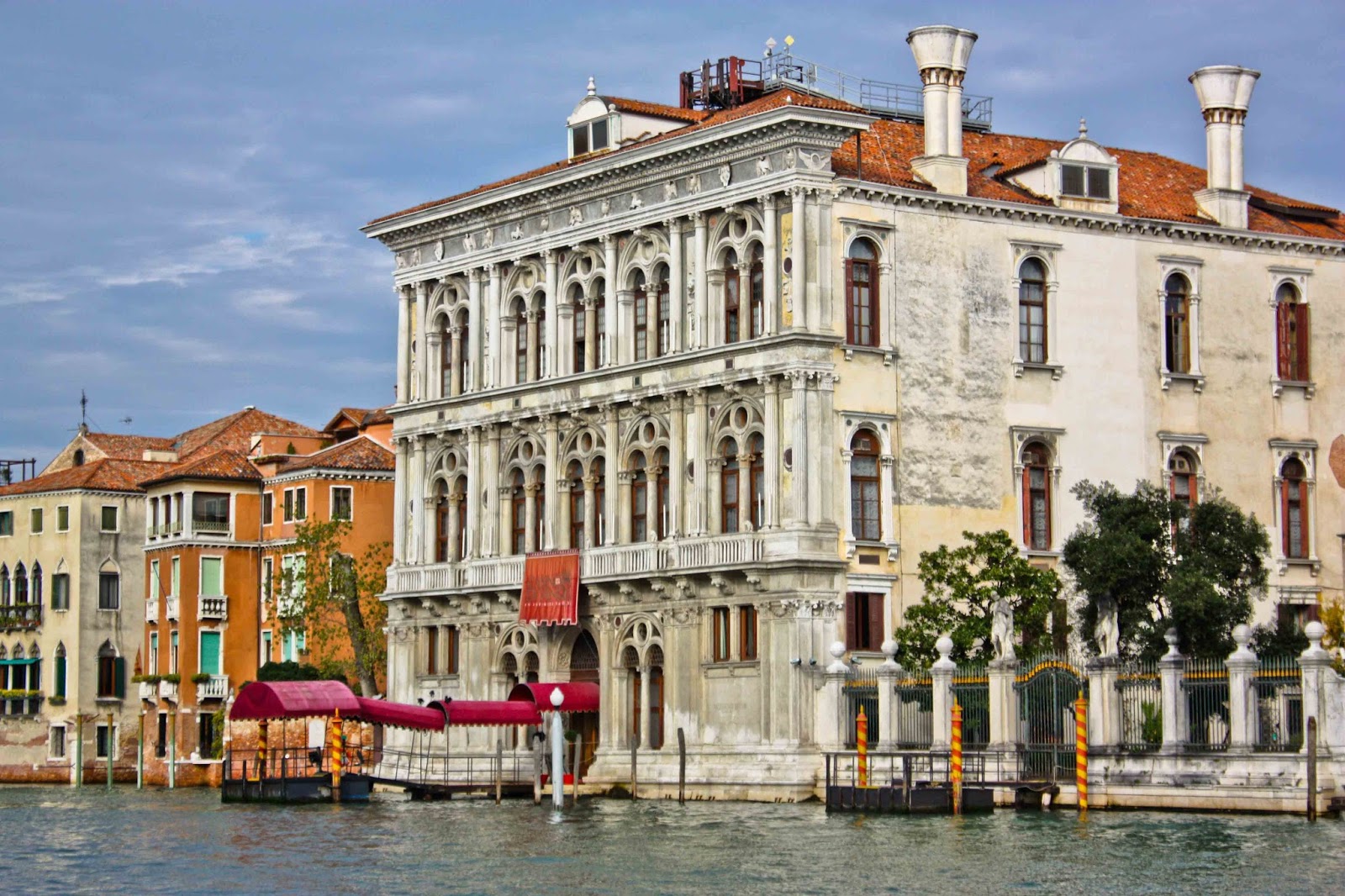
 *Mediterranean Sea
*Mediterranean Sea

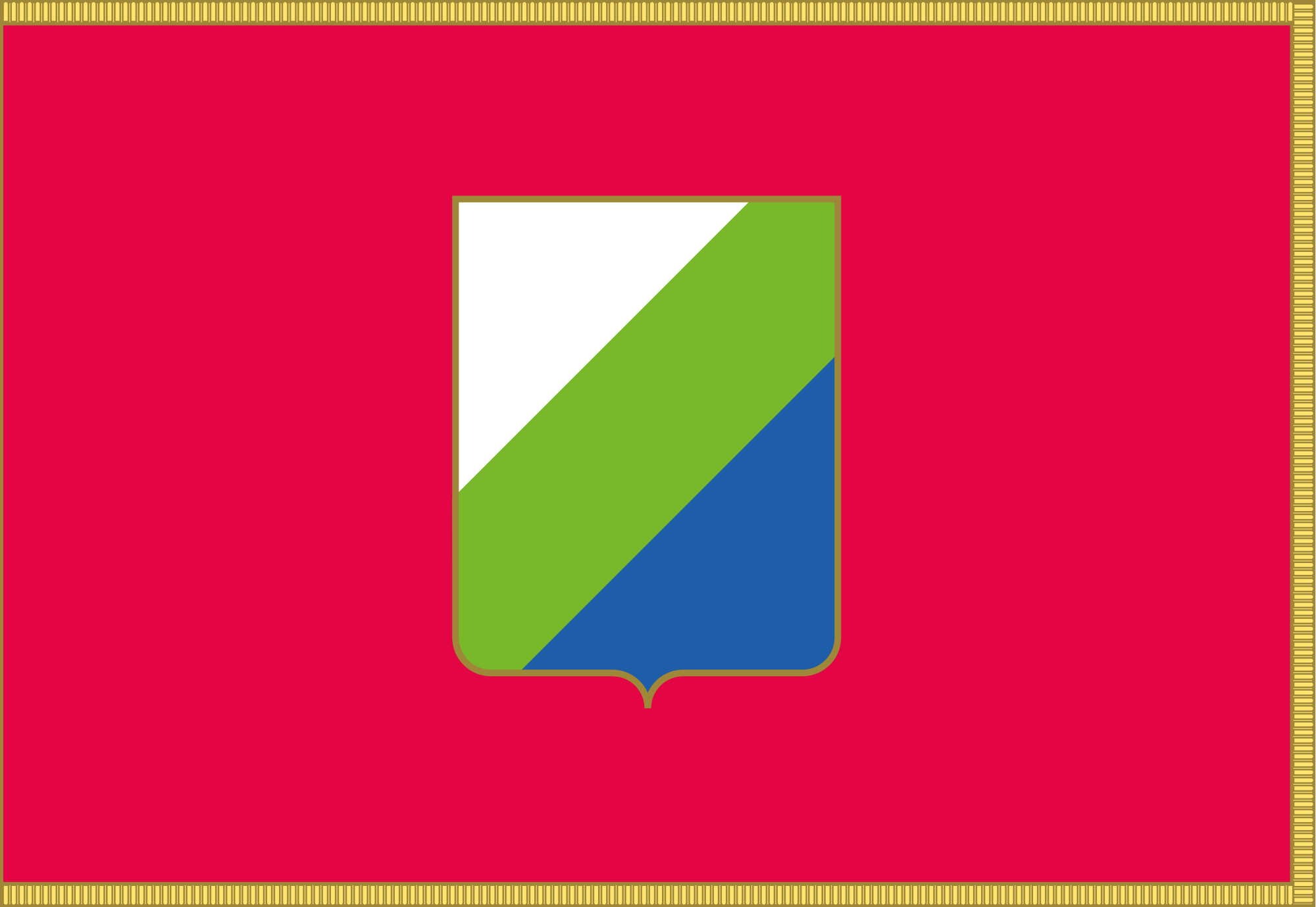 Abruzzo
Abruzzo
 Albania
Albania
 Amber Road
Amber Road
 Bosnia Herzegovina
Bosnia Herzegovina

 Emilia-Romagna
Emilia-Romagna

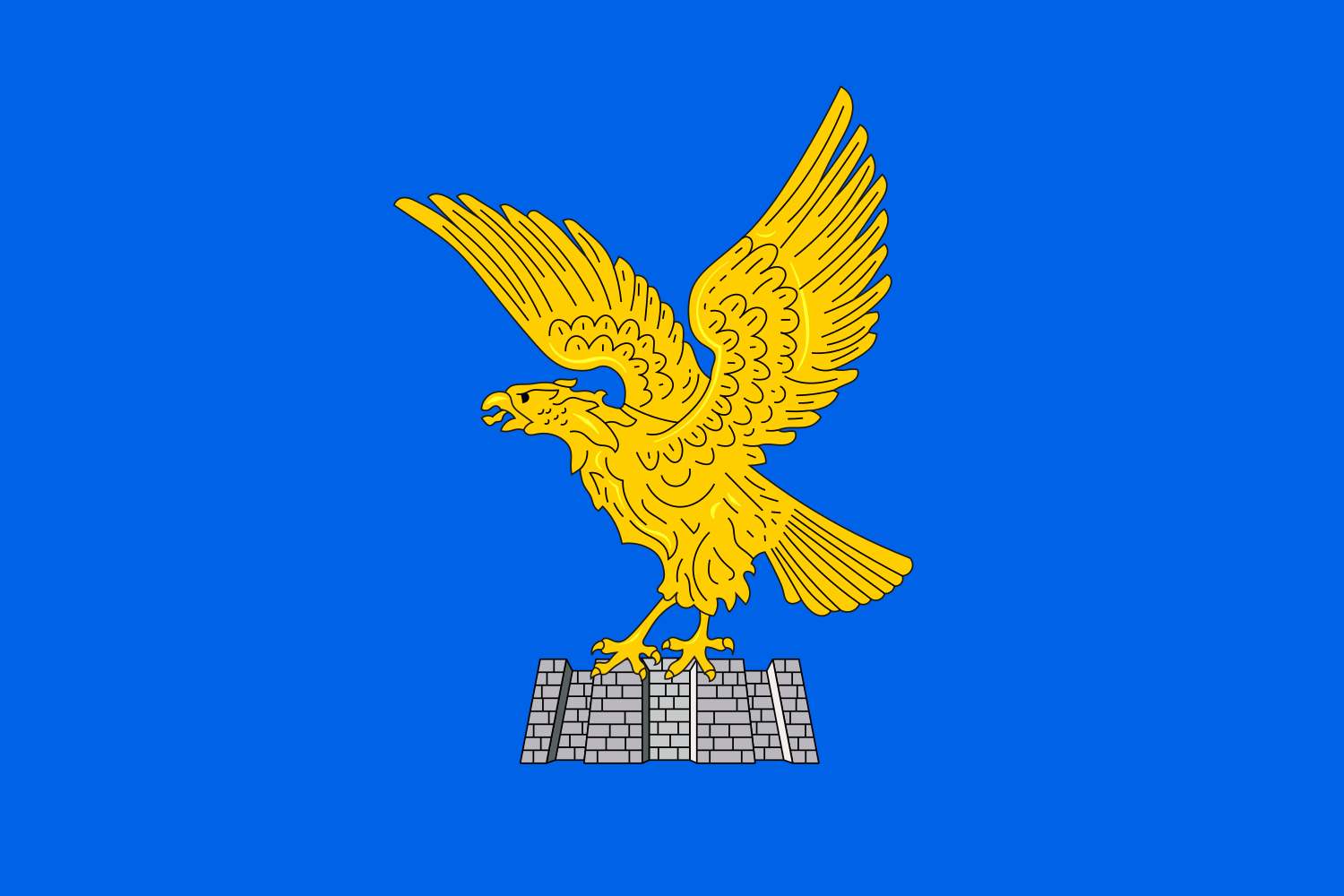 Friuli-Venezia Giulia
Friuli-Venezia Giulia
 Italy
Italy
 Croatia
Croatia

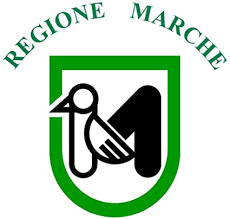 Marche
Marche

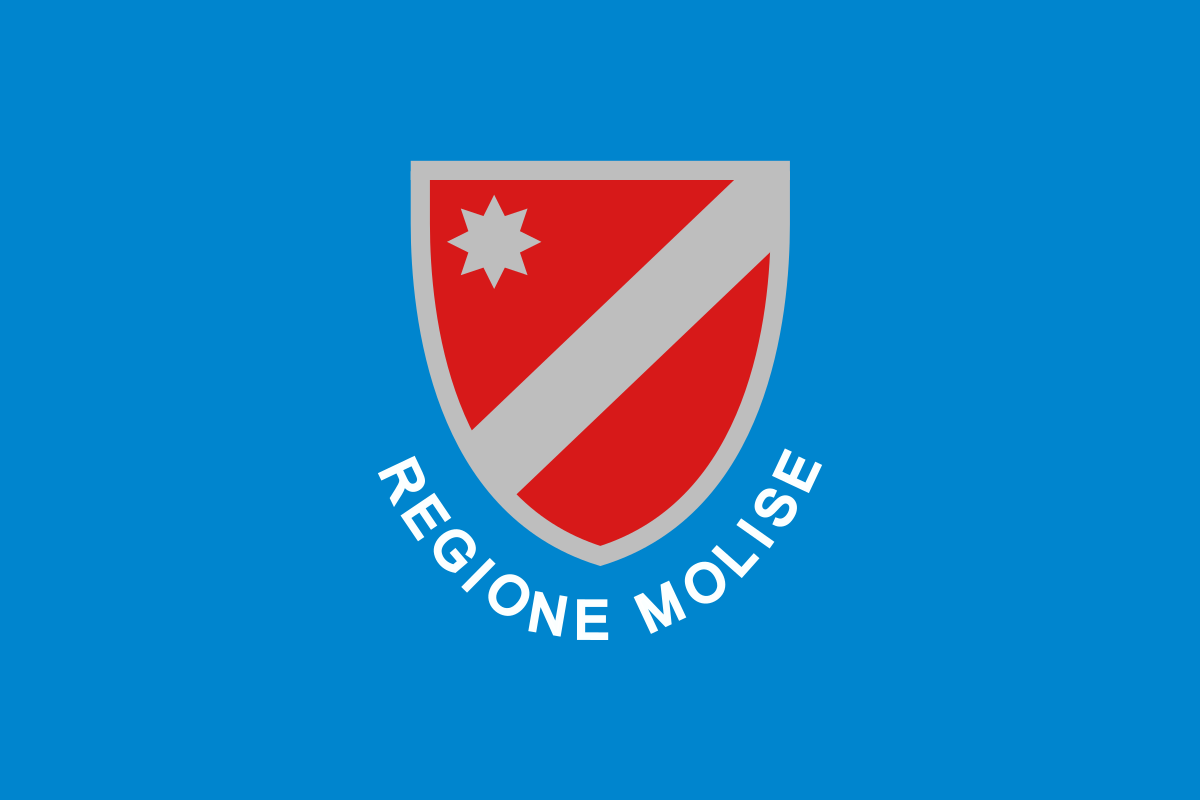 Molise
Molise
 Montenegro
Montenegro

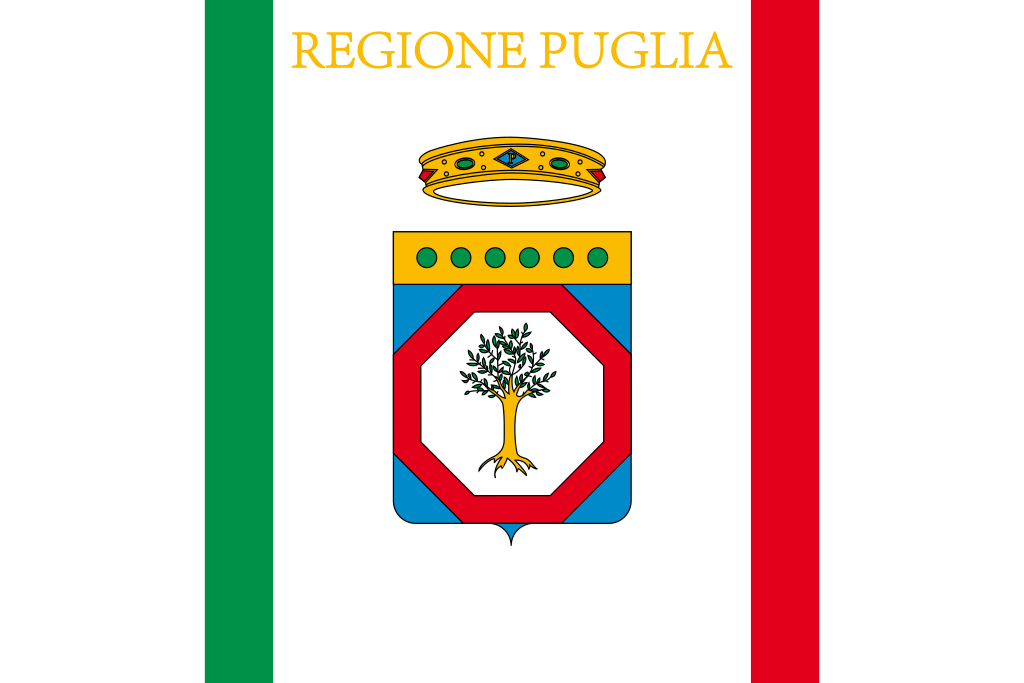 Puglia
Puglia
 Slovenia
Slovenia

 Veneto
Veneto
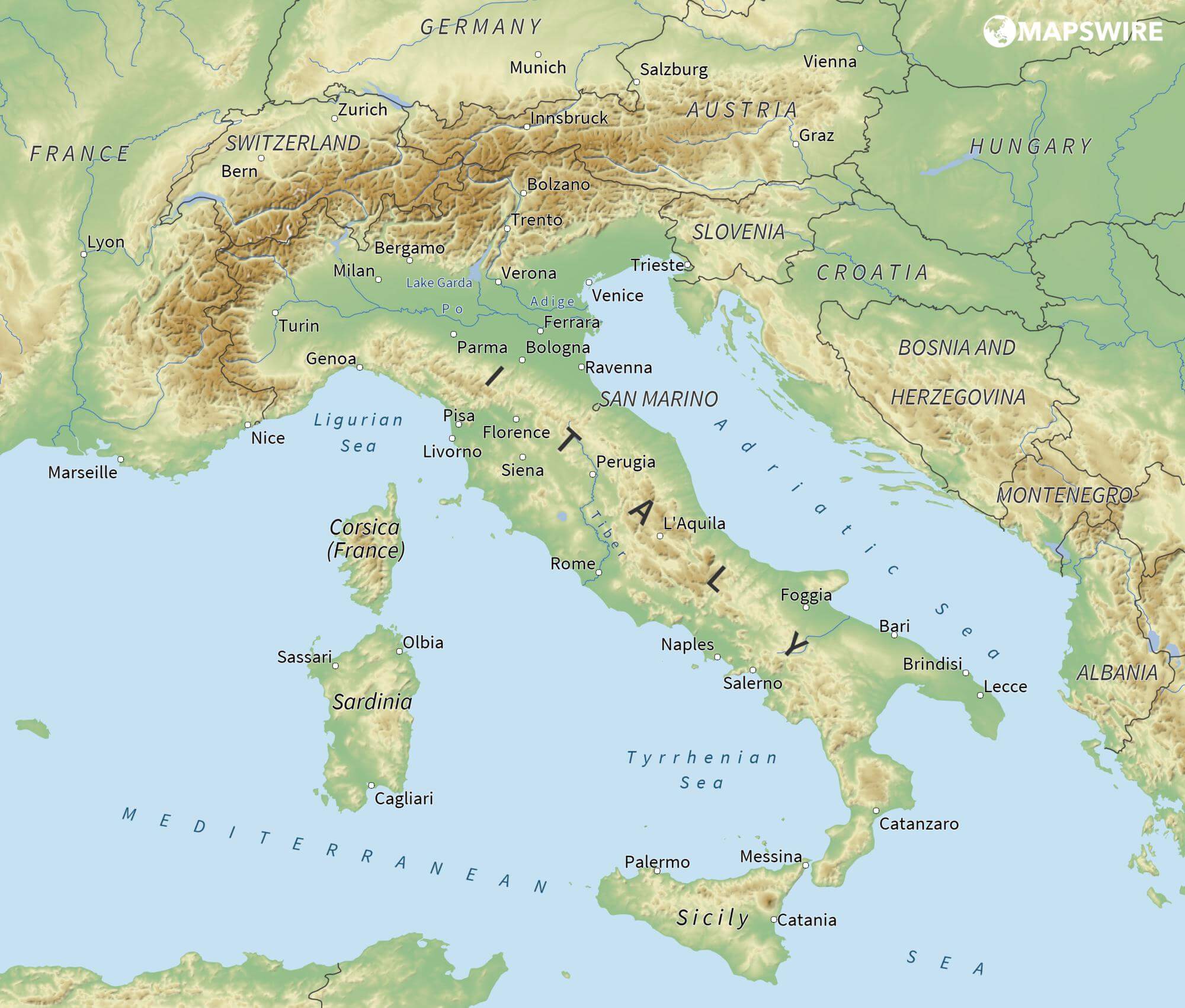
Das Adriatische Meer, kurz auch die Adria (lateinisch Mare Adriaticum; italienisch Mare Adriatico; bosnisch, kroatisch und serbisch Jadransko more oder kurz Jadran; slowenisch Jadransko morje; albanisch Deti Adriatik oder kurz Adriatiku), ist das lang gestreckte nördliche Seitenbecken des Mittelmeeres zwischen der Apenninhalbinsel und Balkanhalbinsel. Es ist nach der Stadt Adria in Italien (Provinz Rovigo) benannt. Zum Adriatischen Meer wird alles gerechnet, was nördlich der Straße von Otranto liegt.
亚得里亚海(意大利语:Mar Adriatico,斯洛文尼亚语:Jadransko morje,克罗地亚语:Jadransko more,阿尔巴尼亚语:Deti Adriatik),是地中海的一部分水域,分隔了意大利半岛(亚平宁半岛)和巴尔干半岛,也分隔了亚平宁山脉与狄那里克阿尔卑斯山脉及其临近地区。亚得里亚海西岸属于意大利,东岸则分别属于斯洛文尼亚、克罗地亚、波斯尼亚和黑塞哥维那、黑山和阿尔巴尼亚。亚得里亚海透过位于其南部的奥特朗托海峡与爱奥尼亚海相连。波河、阿迪杰河、奥凡托河等河流流入亚得里亚海;海中有近1200个岛屿,其中只有69个有人居住。
アドリア海(アドリアかい、英: Adriatic Sea ; イタリア語: Mar Adriatico ; クロアチア語: Jadransko more)は、地中海の海域の一つ。イタリア半島とバルカン半島に挟まれている。
The Adriatic Sea (/ˌeɪdriˈætɪk/) is a body of water separating the Italian Peninsula from the Balkans. The Adriatic is the northernmost arm of the Mediterranean Sea, extending from the Strait of Otranto (where it connects to the Ionian Sea) to the northwest and the Po Valley. The countries with coasts on the Adriatic are Albania, Bosnia and Herzegovina, Croatia, Italy, Montenegro and Slovenia. The Adriatic contains over 1,300 islands, mostly located along the Croatian part of its eastern coast. It is divided into three basins, the northern being the shallowest and the southern being the deepest, with a maximum depth of 1,233 metres (4,045 ft). The Otranto Sill, an underwater ridge, is located at the border between the Adriatic and Ionian Seas. The prevailing currents flow counterclockwise from the Strait of Otranto, along the eastern coast and back to the strait along the western (Italian) coast. Tidal movements in the Adriatic are slight, although larger amplitudes are known to occur occasionally. The Adriatic's salinity is lower than the Mediterranean's because the Adriatic collects a third of the fresh water flowing into the Mediterranean, acting as a dilution basin. The surface water temperatures generally range from 30 °C (86 °F) in summer to 12 °C (54 °F) in winter, significantly moderating the Adriatic Basin's climate.
The Adriatic Sea sits on the Apulian or Adriatic Microplate, which separated from the African Plate in the Mesozoic era. The plate's movement contributed to the formation of the surrounding mountain chains and Apennine tectonic uplift after its collision with the Eurasian plate. In the Late Oligocene, the Apennine Peninsula first formed, separating the Adriatic Basin from the rest of the Mediterranean. All types of sediment are found in the Adriatic, with the bulk of the material transported by the Po and other rivers on the western coast. The western coast is alluvial or terraced, while the eastern coast is highly indented with pronounced karstification. There are dozens of marine protected areas in the Adriatic, designed to protect the sea's karst habitats and biodiversity. The sea is abundant in flora and fauna—more than 7,000 species are identified as native to the Adriatic, many of them endemic, rare and threatened ones.
The Adriatic's shores are populated by more than 3.5 million people; the largest cities are Bari, Venice, Trieste and Split. The earliest settlements on the Adriatic shores were Etruscan, Illyrian, and Greek. By the 2nd century BC, the shores were under Rome's control. In the Middle Ages, the Adriatic shores and the sea itself were controlled, to a varying extent, by a series of states—most notably the Byzantine Empire, the Croatian Kingdom, the Republic of Venice, the Habsburg Monarchy and the Ottoman Empire. The Napoleonic Wars resulted in the First French Empire gaining coastal control and the British effort to counter the French in the area, ultimately securing most of the eastern Adriatic shore and the Po Valley for Austria. Following Italian unification, the Kingdom of Italy started an eastward expansion that lasted until the 20th century. Following World War I and the collapse of Austria-Hungary and the Ottoman Empire, the eastern coast's control passed to Yugoslavia and Albania. The former disintegrated during the 1990s, resulting in four new states on the Adriatic coast. Italy and Yugoslavia agreed on their maritime boundaries by 1975 and this boundary is recognised by Yugoslavia's successor states, but the maritime boundaries between Slovenia, Croatia, Bosnia-Herzegovina, and Montenegro are still disputed. Italy and Albania agreed on their maritime boundary in 1992.
Fisheries and tourism are significant sources of income all along the Adriatic coast. Adriatic Croatia's tourism industry has grown faster economically than the rest of the Adriatic Basin's. Maritime transport is also a significant branch of the area's economy—there are 19 seaports in the Adriatic that each handle more than a million tonnes of cargo per year. The largest Adriatic seaport by annual cargo turnover is the Port of Trieste, while the Port of Split is the largest Adriatic seaport by passengers served per year.
La mer Adriatique (du latin : Mare Hadriaticum ou Mare Adriaticum) est une mer séparant la péninsule italienne de la péninsule balkanique. L'Adriatique est le bras de la Méditerranée situé le plus au nord en s'étendant du canal d'Otrante (où elle rejoint la mer Ionienne) jusqu'aux villes de Venise et de Trieste et à l'embouchure du Pô. Les pays côtiers sont l'Italie, la Slovénie, la Croatie, la Bosnie-Herzégovine, le Monténégro et l'Albanie, ainsi que la Grèce par l'île de Corfou.
Il mare Adriatico è l'articolazione del mar Mediterraneo orientale situata tra la penisola italiana e la penisola balcanica; suddiviso in Alto Adriatico, Medio Adriatico e Basso Adriatico, bagna sei Paesi: Italia, Slovenia, Croazia, Bosnia ed Erzegovina, Montenegro e Albania, confinando a sud-est con il Mar Ionio.
El mar Adriático (del latín, Mare Hadriaticum) es un golfo estrecho y alargado que forma parte del mar Mediterráneo. Se encuentra situado entre la península Itálica, al oeste, y la península de los Balcanes, al este, con una anchura máxima de unos 200 km, y una longitud de unos 800 km. Su extremo meridional limita con el mar Jónico, del que lo separa el canal de Otranto. Su superficie total es de, aproximadamente, 160 000 km².
Las costas occidental, septentrional, y parte de la oriental corresponden a Italia (60% de la longitud de costa del Adriático), mientras que el resto de la costa oriental corresponde a Croacia, Eslovenia, Bosnia y Herzegovina, Montenegro y Albania. Algunos de los ríos que desembocan en el Adriático son el Reno, el Po, el Adigio, el Brenta, el Piave y el Neretva.
La costa del Adriático concentra un gran número de centros turísticos, como Venecia, que recibe el nombre de «Reina del Adriático». Tras la división de Yugoslavia, la costa croata se ha convertido también en un destino turístico muy popular.
Sus aguas sostienen industria pesquera, y se llevan a cabo prospecciones petrolíferas en este mar. Durante los años 1990, varias investigaciones revelaron que sus niveles de contaminación son muy altos.
En las últimas décadas el gobierno de Italia ha intentado hacer de él una barrera contra la inmigración ilegal, en su mayor parte proveniente de Albania.
Адриати́ческое мо́ре (итал. mare Adriatico, эмил.-ром. Mèr Adriâtic, вен. Mar Adriàtico, неап. Mar Adriateco, словен. Jadransko morje, сербохорв. Jadransko more/Јадранско море, алб. Deti Adriatik, лат. mare Hadriaticum), также Адриатика — полузамкнутое море, часть Средиземного моря между Апеннинским и Балканским полуостровами. Омывает берега Италии (более 1000 км), Словении (47 км), Хорватии (1777 км), Боснии и Герцеговины (20 км), Черногории (200 км), Албании (472 км).

 Abruzzo
Abruzzo

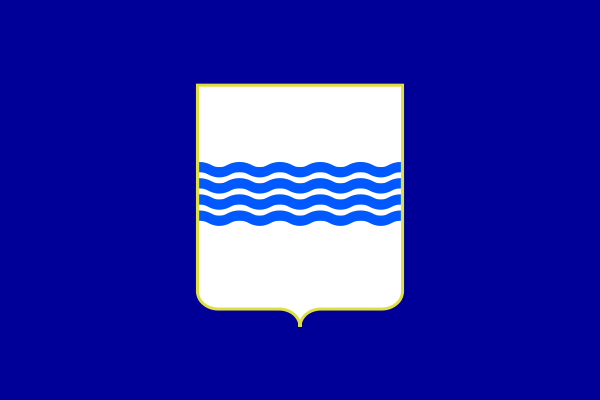 Basilicata
Basilicata

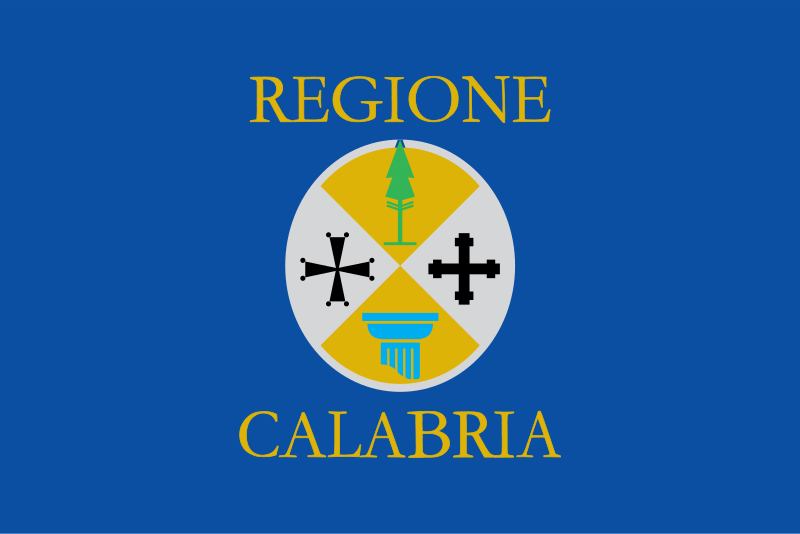 Calabria
Calabria

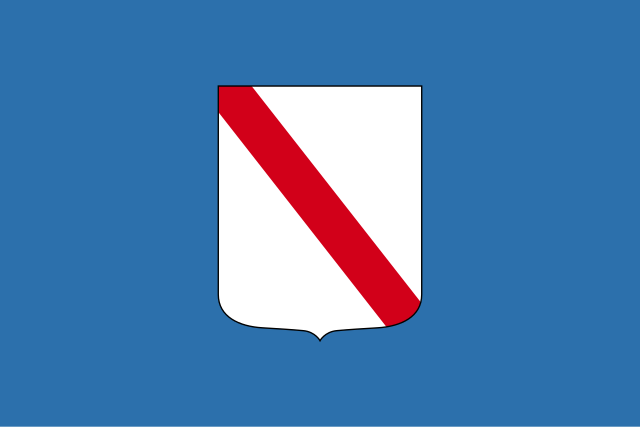 Campania
Campania

 Emilia-Romagna
Emilia-Romagna

 Friuli-Venezia Giulia
Friuli-Venezia Giulia
 Italy
Italy

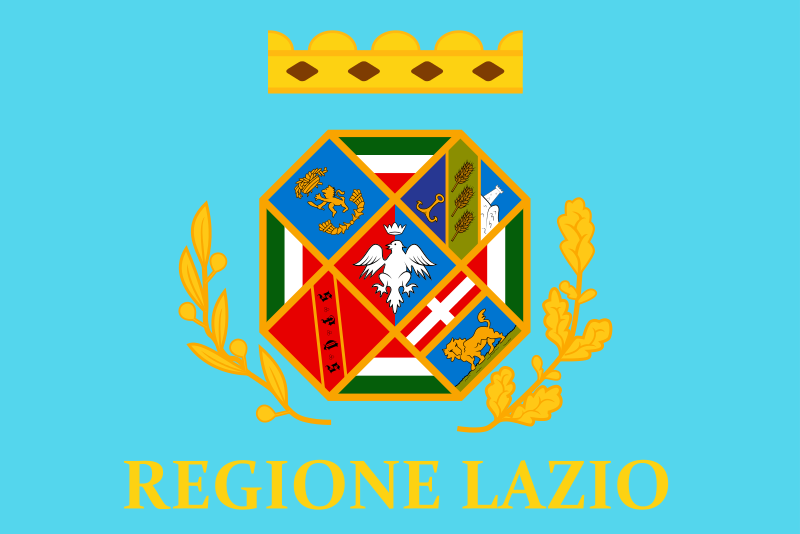 Lazio
Lazio

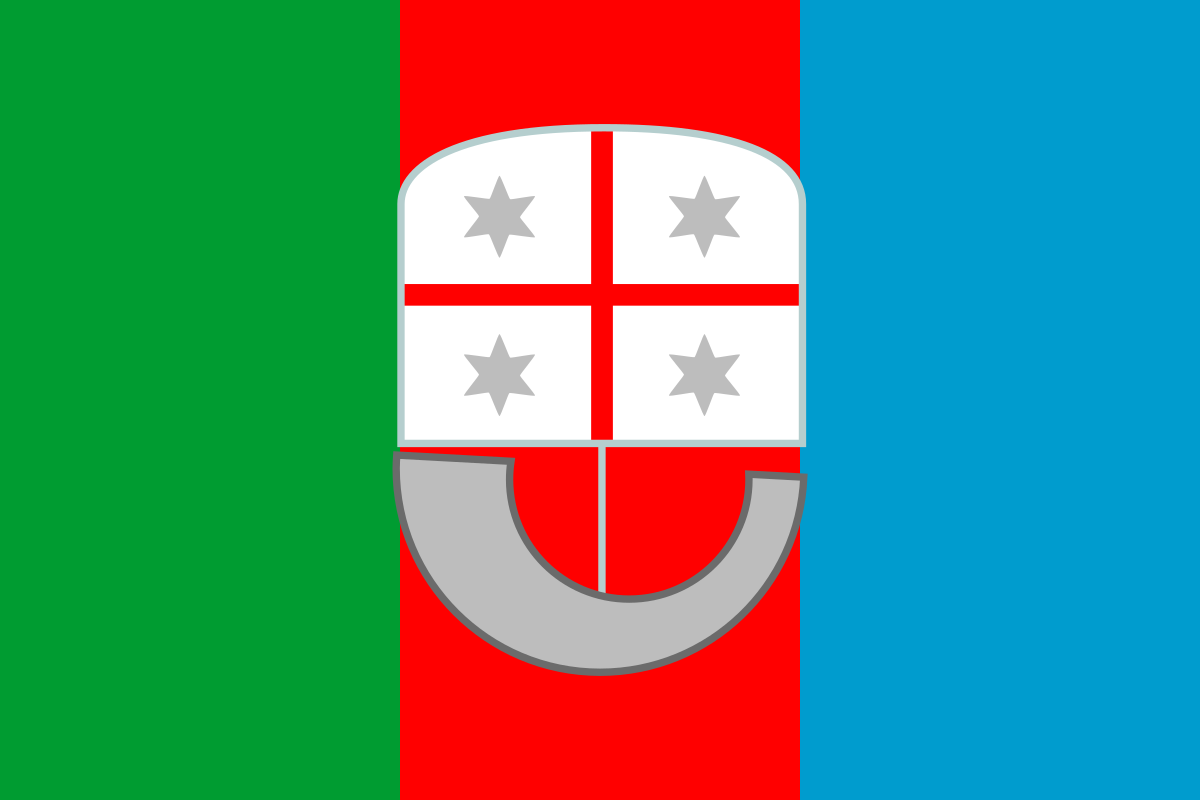 Liguria
Liguria

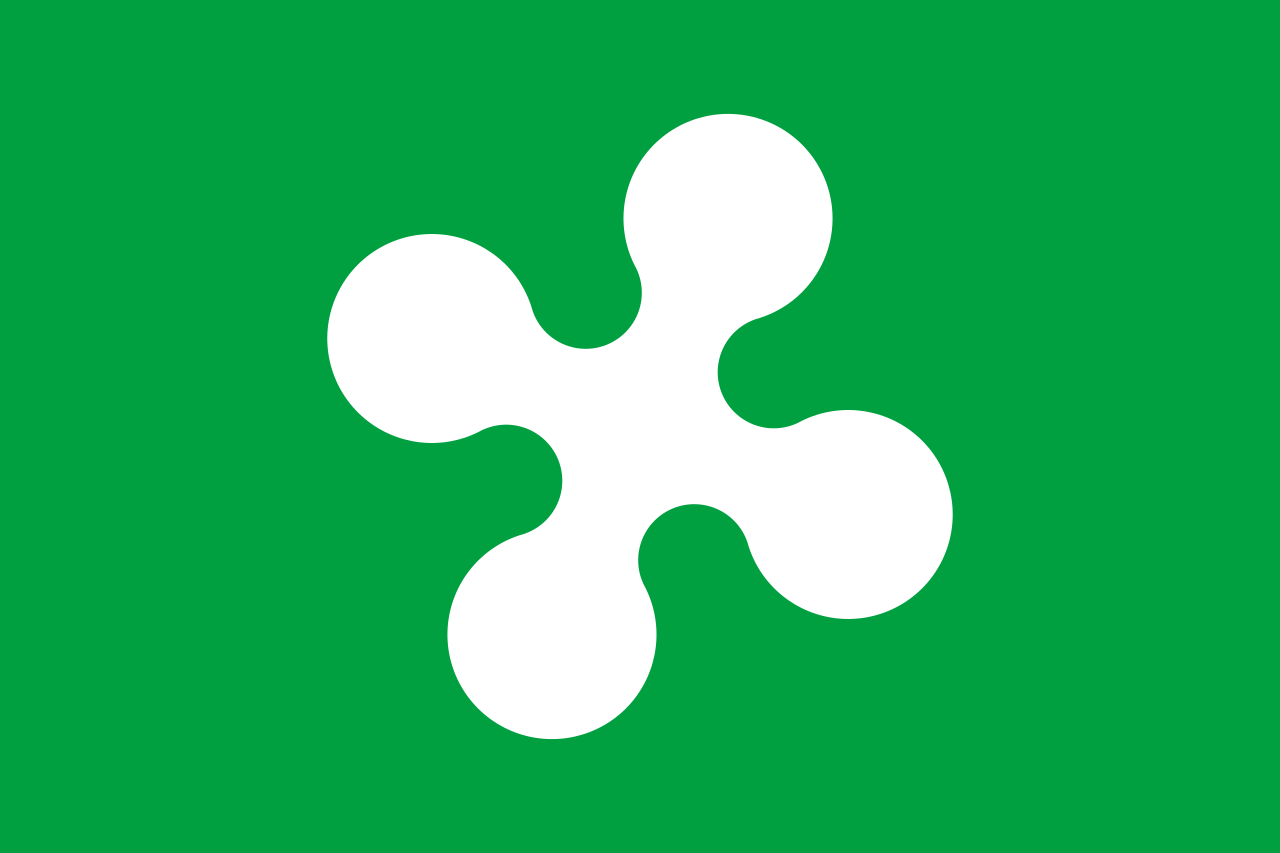 Lombardia
Lombardia

 Marche
Marche

 Molise
Molise

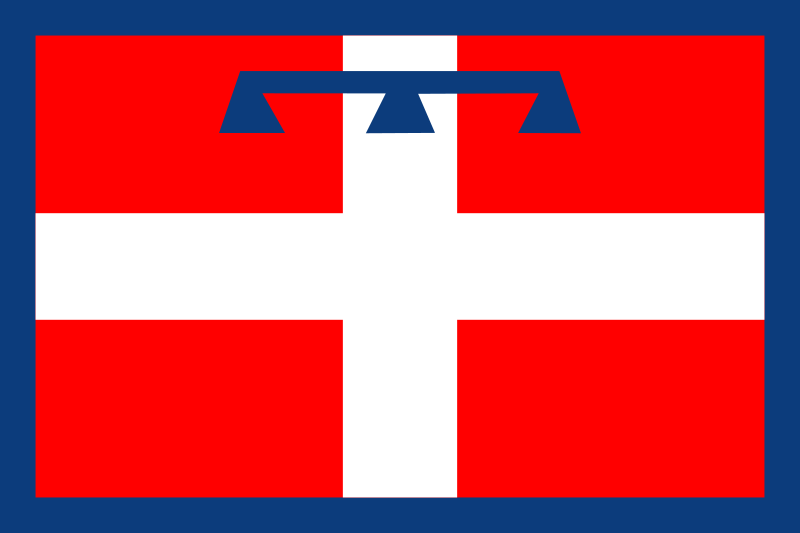 Piemonte
Piemonte

 Puglia
Puglia

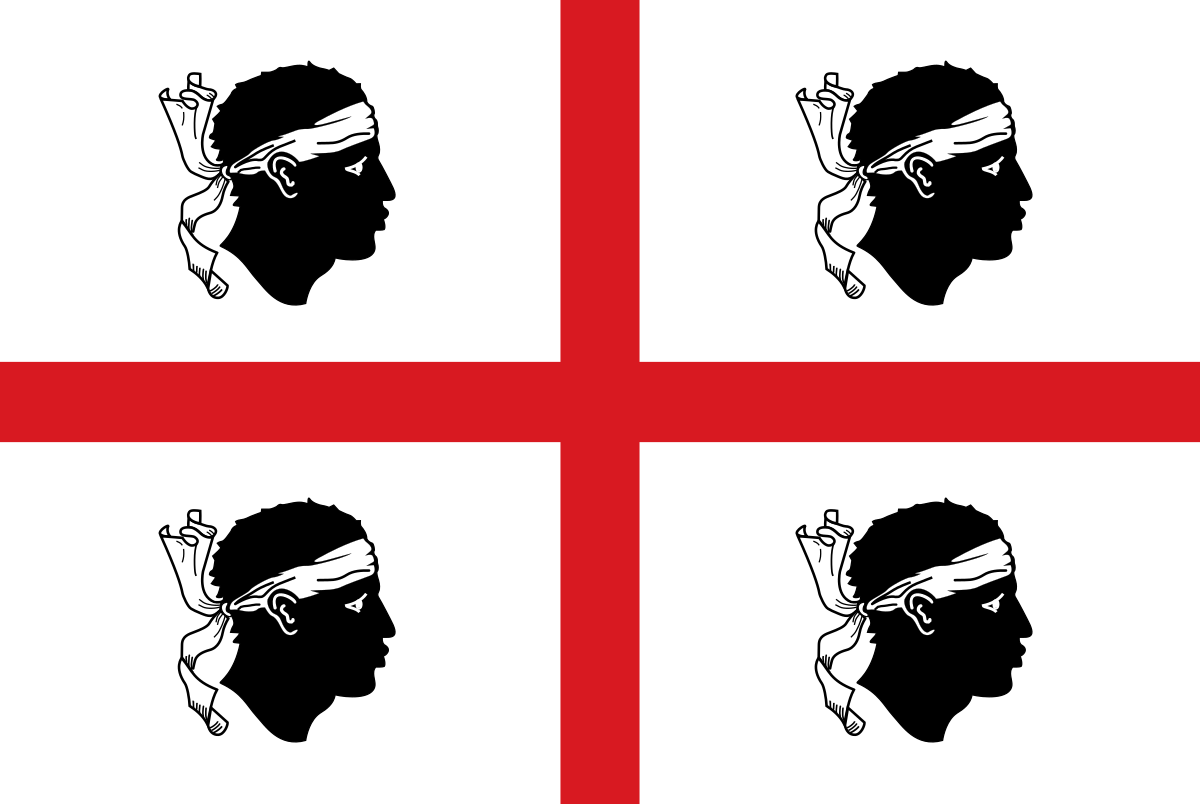 Sardegna
Sardegna

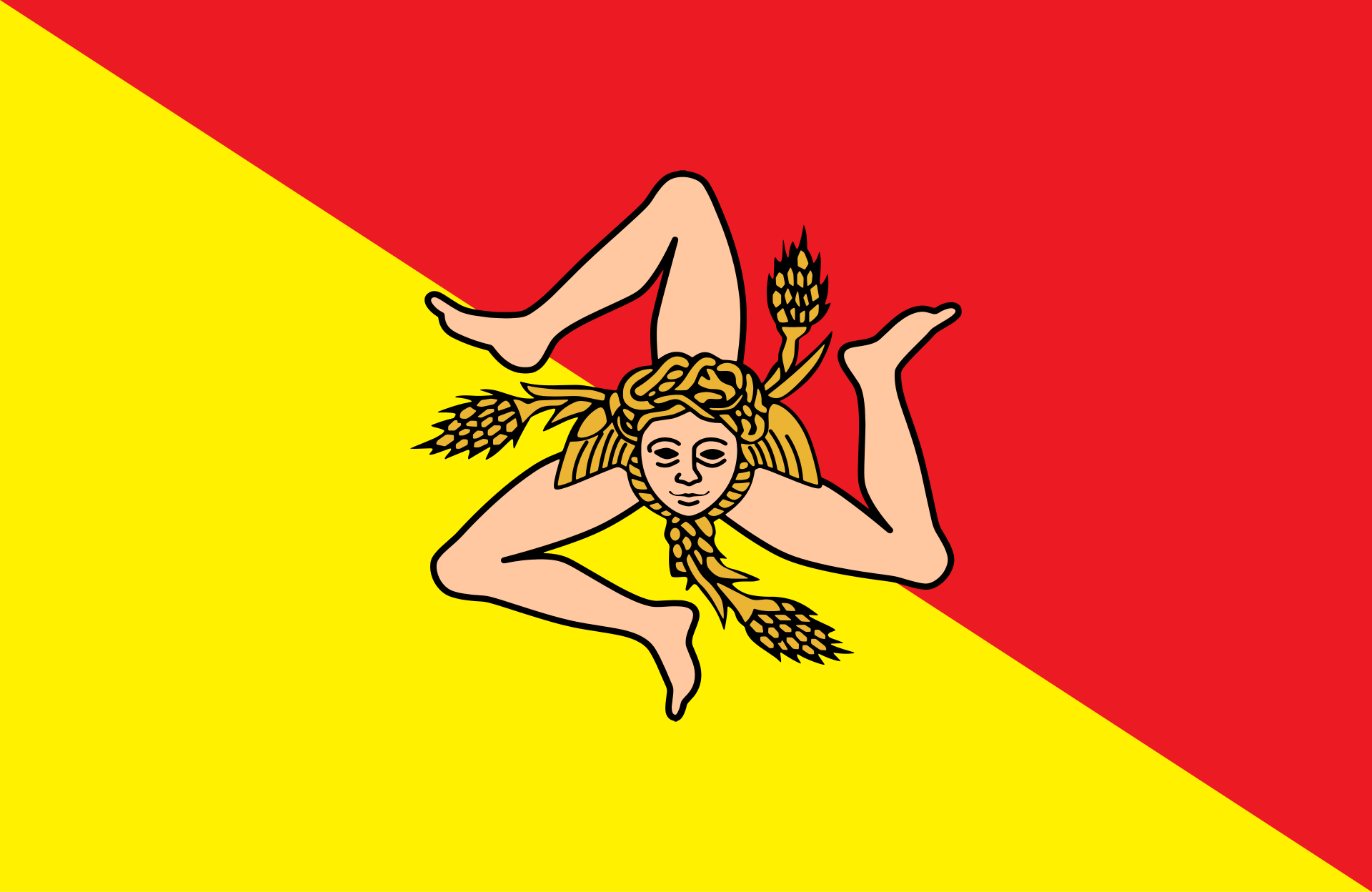 Sicilia
Sicilia

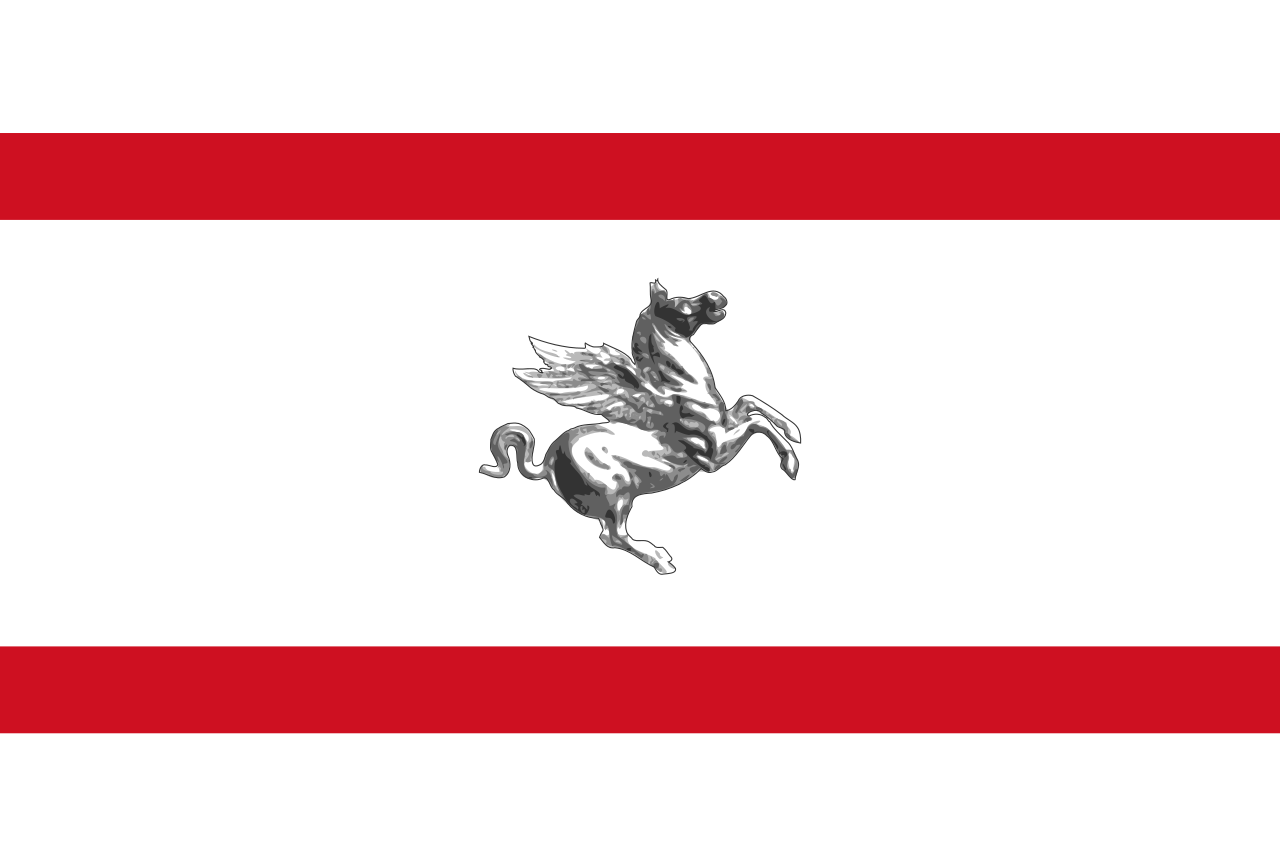 Toscana
Toscana

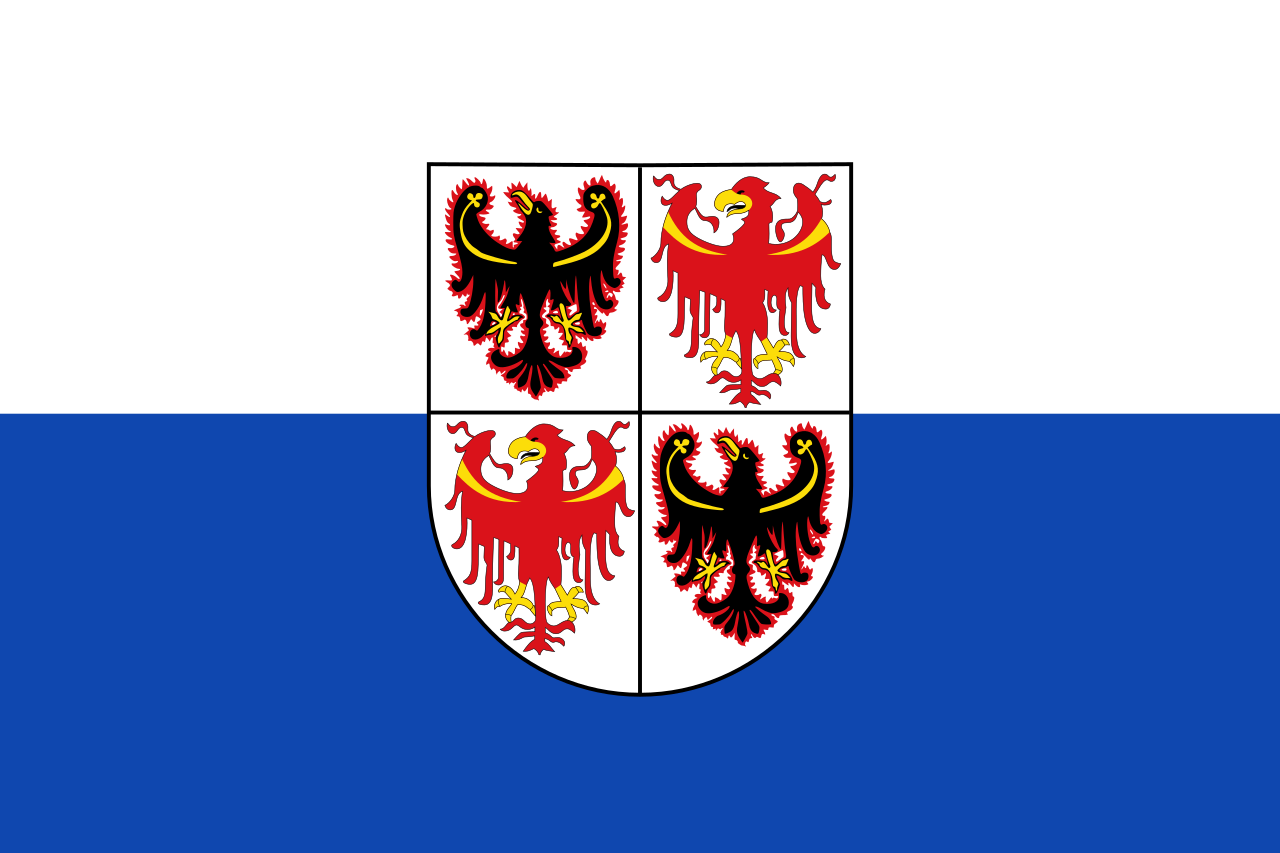 Trentino-Alto Adige
Trentino-Alto Adige

 Veneto
Veneto
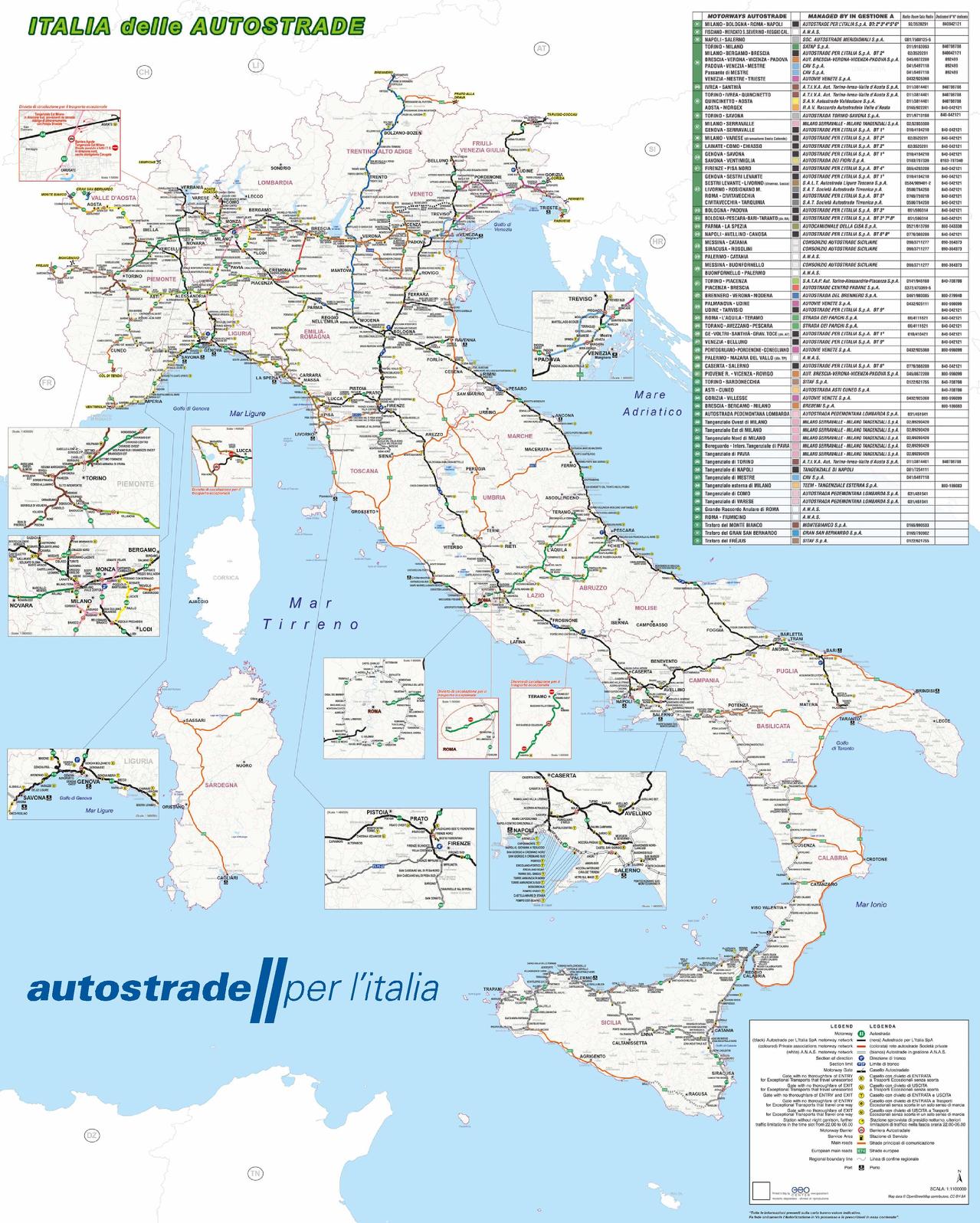
 Geography
Geography
 Colleges and Universities in Europe
Colleges and Universities in Europe
 Performing Arts
Performing Arts
 Exhibition
Exhibition
 International cities
International cities
 Transport and traffic
Transport and traffic